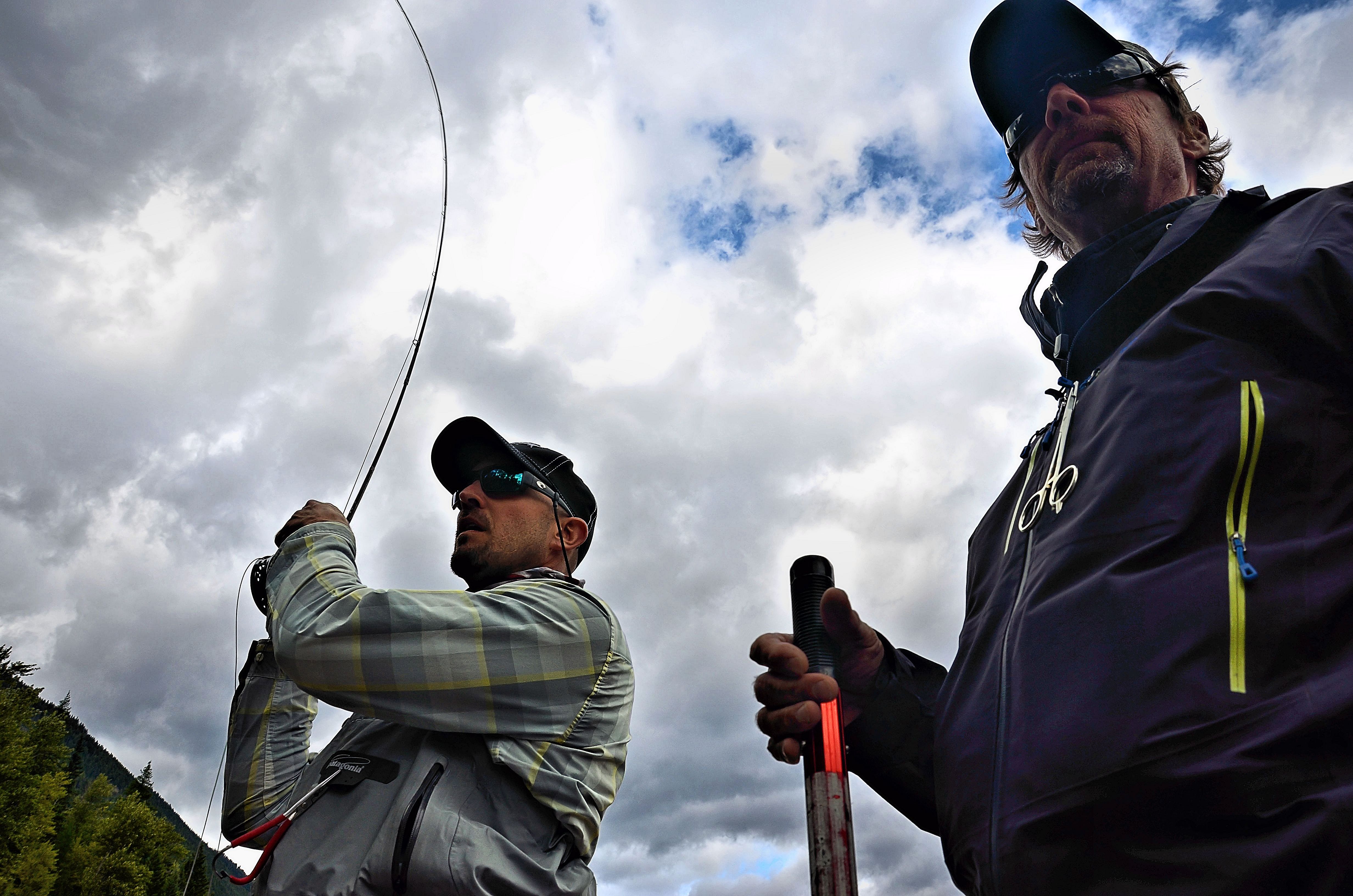
“Your fly should alight on the water far enough upstream of the fish that its landing doesn’t frighten the fish, but close enough to the fish that the leader and line don’t come tight and produce drag until the after fly has drifted past the fish and is out of its sight. There are a number of casting positions that allow you to accomplish this, including the traditional position downstream or down and across from the feeding fish. But you might consider casting from a position up and across from the fish. Though a bit unconventional, this approach gives you the benefit of showing the fish your fly before showing it your leader – and sometimes this is just what’s needed to close the deal with a tough trout. Just be sure that you can get into the proper casting position without scaring the fish. When casting down and across, you need to use a reach cast…” Jim McLennan, Managing Editor










